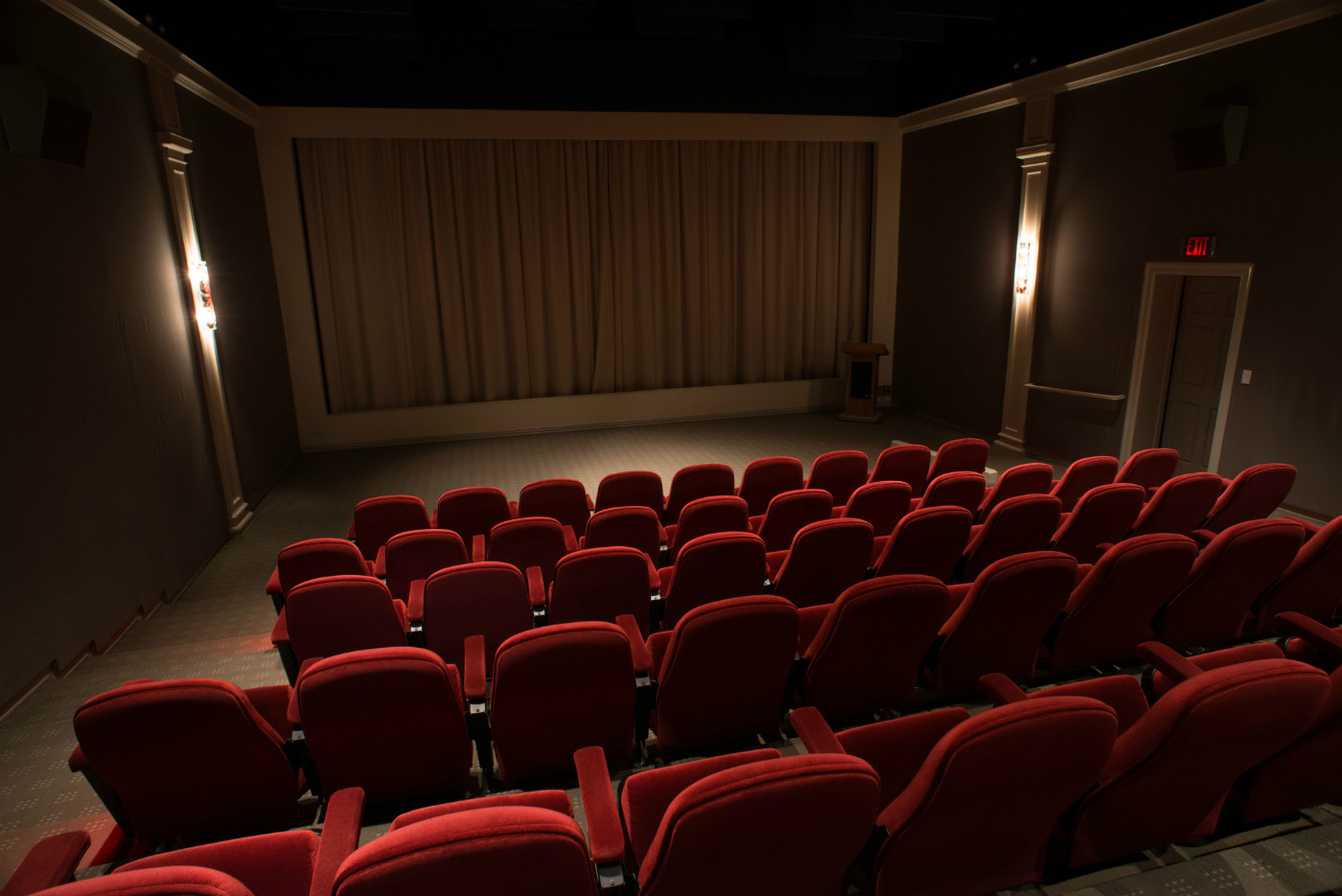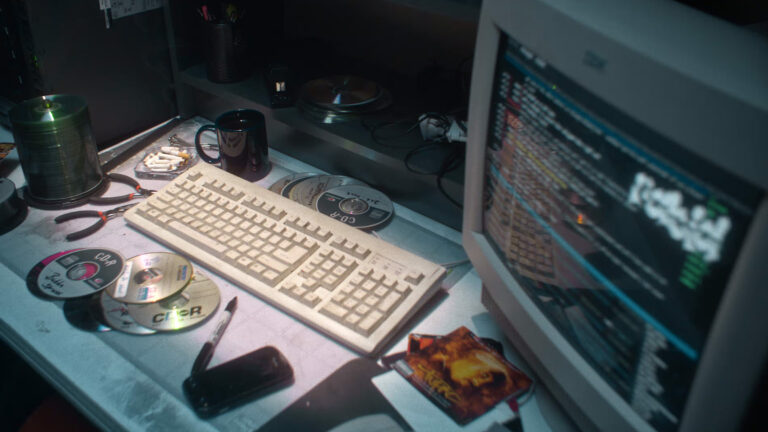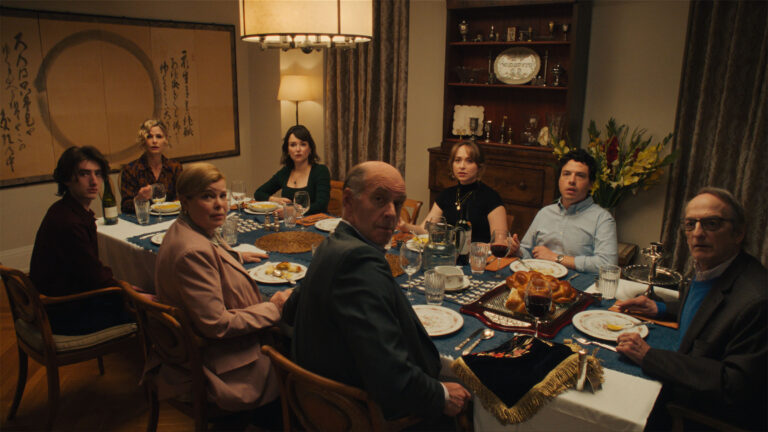An editor spends a lot of time staring at an edit. At some point, the beats merge together, the dialogue drones on, and jokes that you once laughed at loudly fall flat.
At around 3-5 weeks into an edit, you start losing perspective on the work. Questions arise. Is this thing too slow? Is it boring? Is it confusing? Is it too obvious? Why did we make this?
As filmmakers, we’ve all been there at some point, right?
So, how do you get the love of the project back? How do you start seeing your rough cut not as the thing you’ve toiled over for countless hours, but a new piece of art you’re watching?
A test screening is one way. It gives you the opportunity to get feedback from people who aren’t as attached to the project as you, and therefore can look at it with objective points of view and new eyes.
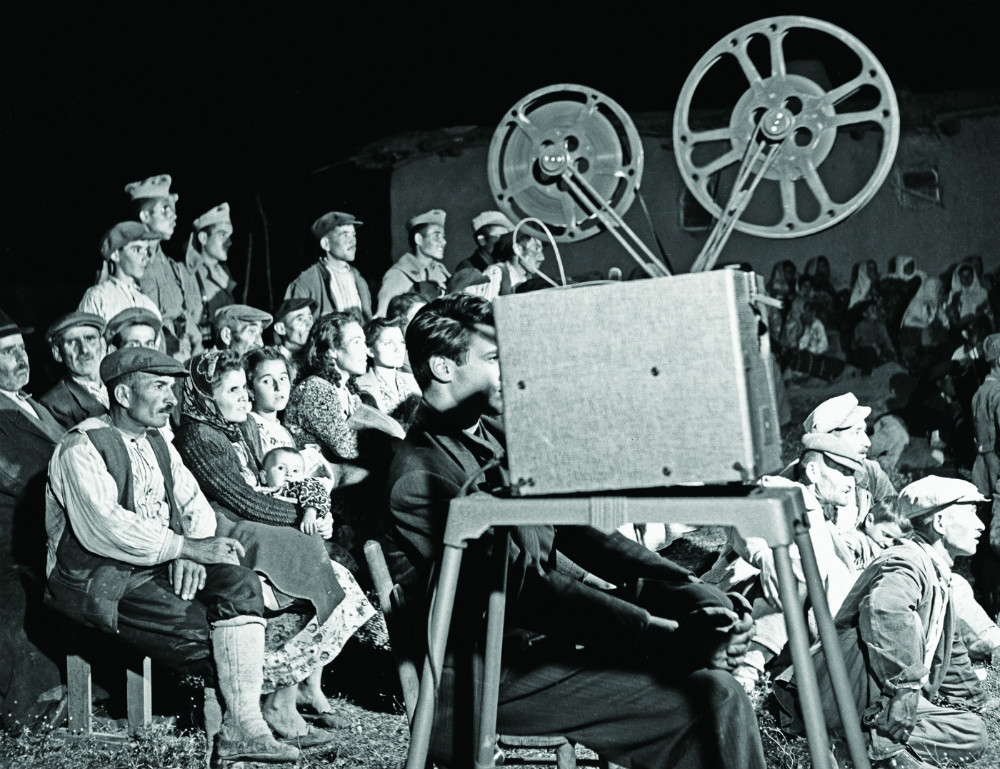
But getting and receiving notes is an art all on its own. Here are some suggestions on how to make sure you get what you need out of that screening.
Watch it by yourself
Before showing the project to anyone, you should do a quick polish pass to get it ready. Here are some guidelines that my editor and I set for that final polish.
Give It a Day
On the first day, we rest. We don’t watch anything, we go live our lives and forget the project exists. We cleanse the palette with life–which, like ginseng, is a great palette-cleanser
No Notes
After our break, we sit down and we watch the whole thing. We don’t pause, we don’t tweak, we don’t re-cut and we don’t take notes, we just watch it like two people watching a film or TV show. Just watch and enjoy.

Level the sound
After we watch, we go through and level all the sound, making sure all the cuts are smooth and the dialogue is audible. Bad sound is so distracting that it often can ruin a regular screening.
Add slates for anything missing
If we’re missing graphics, a scene, whatever, we put a slate in to alert the audience. Similarly, if we’re using temp music in a scene, we might write that as a lower-third, just to alert the audience that we’re inspiring a certain mood but that the product isn’t final.
With everything leveled, marked and labelled, you’re ready to find your audience.
Picking the audience
A rough cut doesn’t need a huge audience. You don’t need to rent a theater. You need anywhere from four to ten people to sit down and pay attention for a little bit. If you can get more, great. But you can glean a lot, even from a small audience.
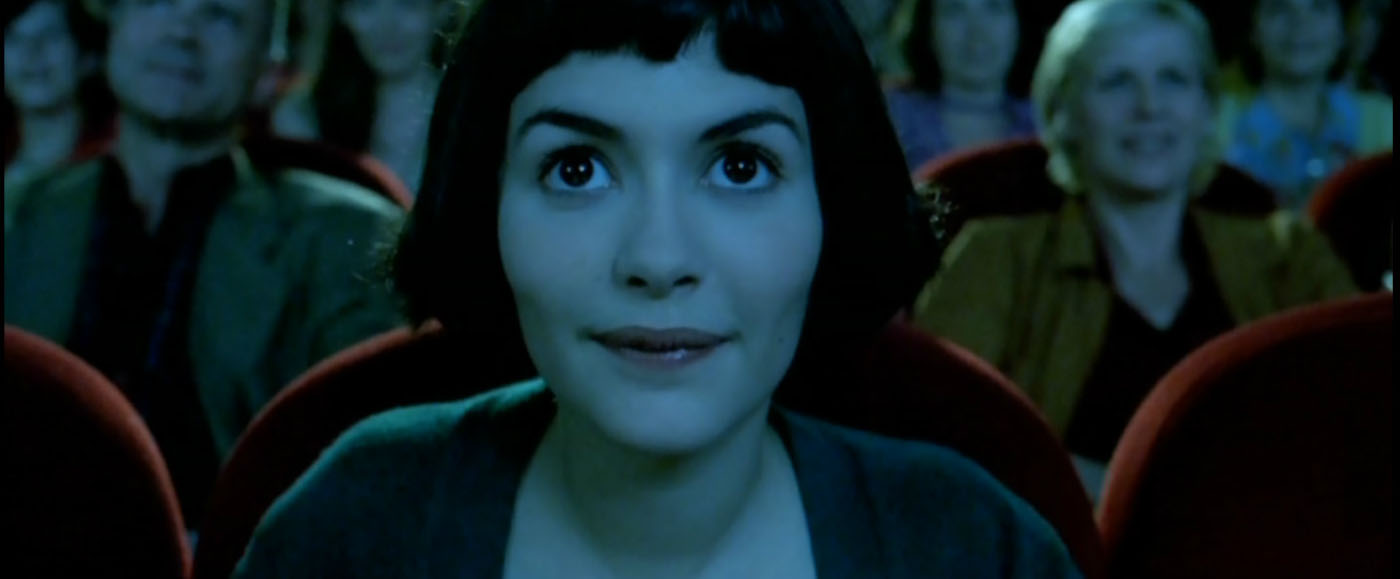
When picking whom to invite, follow a few simple guidelines:
Diversify
When your project finally hits audiences, in an ideal world, you’d want every kind of person to like your work, so make sure your test audience isn’t composed of just three 25-year-old white guys. No offense to 25-year-old white guys, it’s just that people of different colors, genders, and backgrounds will all come with different experiences and opinions that can really help you raise the quality of your work.
Of course, while doing this, make sure you’re still getting enough representation from your…
Target audience
If you’re making a film for middle-aged women, it wouldn’t make sense to bring in a bunch of male high schoolers. It doesn’t hurt to have a few off-type audience members (to hit the above diversity thing) but try and get yourself a good percentage of people that specifically hit your target demographic, too.
The fact is, if those people don’t like what you’re showing, you’ve got a serious problem.
Minimize industry people
Industry people–filmmakers, writers, directors, producers–can give extremely insightful notes. We watch entertainment in a very different way than lay people and can see things that others might not catch.
Which is exactly why you should minimize the nunber of industry folks you invite to your screening.
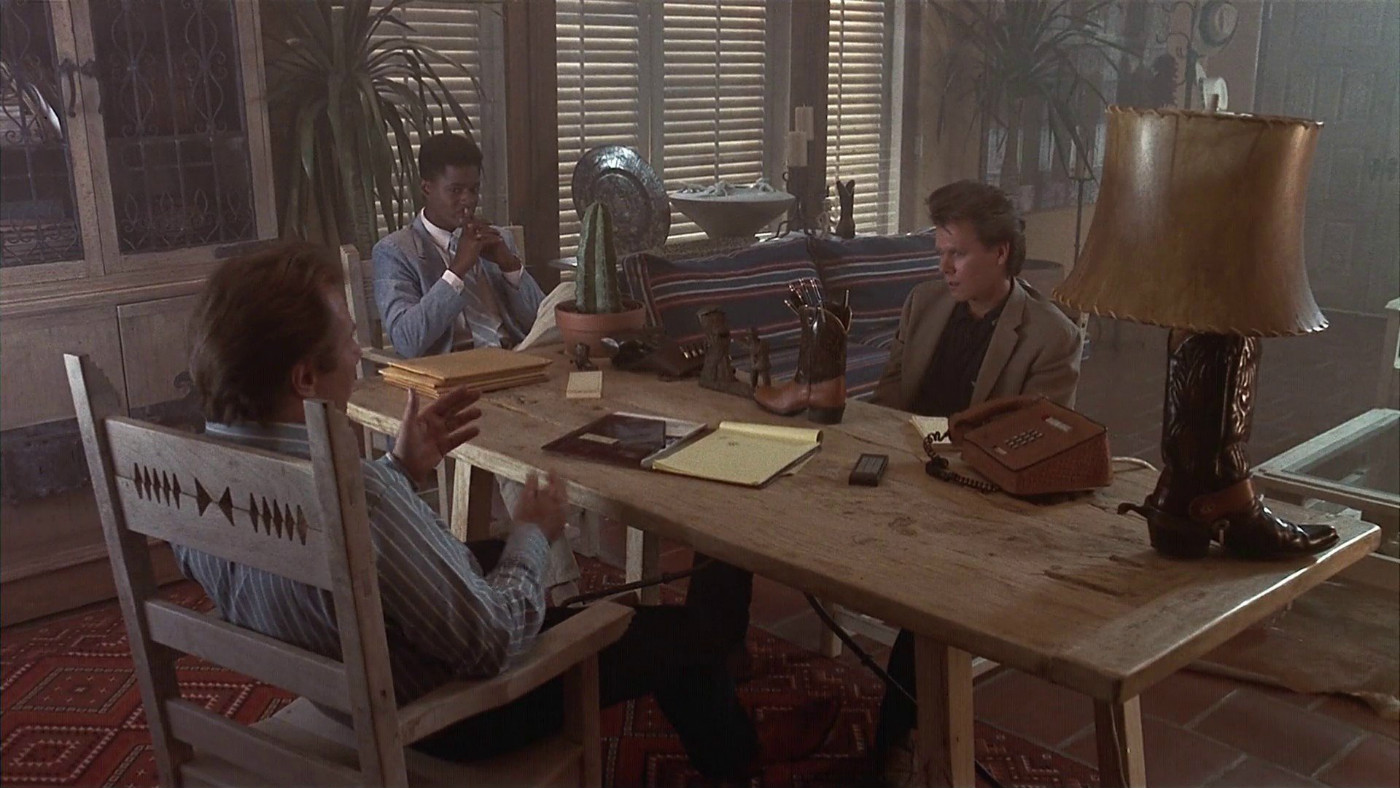
The fact is, a filmmaker can tear apart even the best of films. We have the uncanny ability to find fault in everything and if your audience is composed of only other filmmakers, you’re going to find yourself bogged down in a lot of minutiae with notes that may or may not matter to a larger audience.
So, invite a couple of particularly insightful people for the nitpicky notes but get an audience made up of “civilians” for the rest.
Ask the right questions
To get the right notes you need to ask the right questions, particularly of audience members who don’t have experience in filmmaking.
What I like to do is make two lists. The first is a series of questions that cover the basics, things that every film project needs to consider. These include:
- Did you like the main character?
- Was the conflict clear?
- Were you lost or confused at any time? When? Why?
- What did you think of X (character name)? What did you think of Y (character name)?
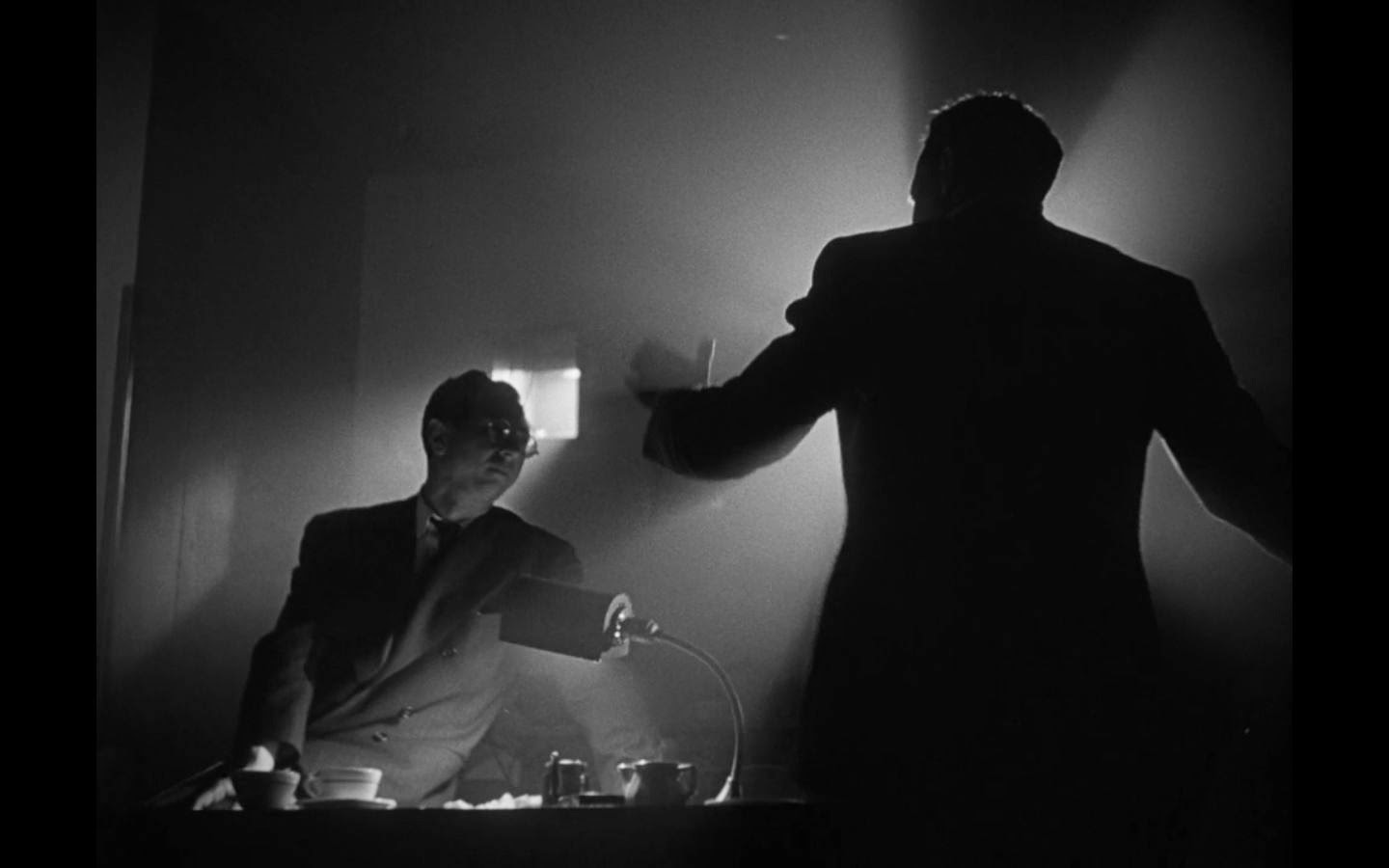
I also have a list of questions that are specific to the project and are an area of concern. Say, if I myself have recognized that a scene isn’t landing, or if an actor’s performance isn’t working. I try to keep these questions for last because I don’t want to sway their opinions before they’ve had a chance to voice them.
The best way to do all of this is to pass out a questionnaire before shooting with some of the basic questions listed, and then verbally ask your own, specific questions at the end.
Writer John August (of Big Fish fame) has a great sample questionnaire that he used for his film, The Nines. You can get it here: https://johnaugust.com/downloads_ripley/nines_questions.pdf
Find the intention of the note
Oftentimes, you might get notes that are altogether unclear or vague. The key here is to listen for the “note” behind the note. Here are a few that I’ve translated for you:
I was a little bored.
The problem here is probably pacing. Things are too plodding, the scenes are too slow, those beautiful sweeping shots… there are too many of them. Kill some babies, cut some scenes, make things move.
On the other hand, if you’re Jim Jarmusch’s editor and speeding things up goes against everything you and your director believe in, it might just as likely be a problem in the story. If the audience likes your characters and is invested in their circumstances, they’ll watch a very long moment of someone forlornly looking out the window. If they care, they’ll be invested and not mind the slower stuff. So, the secondary fix here might be to try and strengthen the basics: stakes and character motivations.
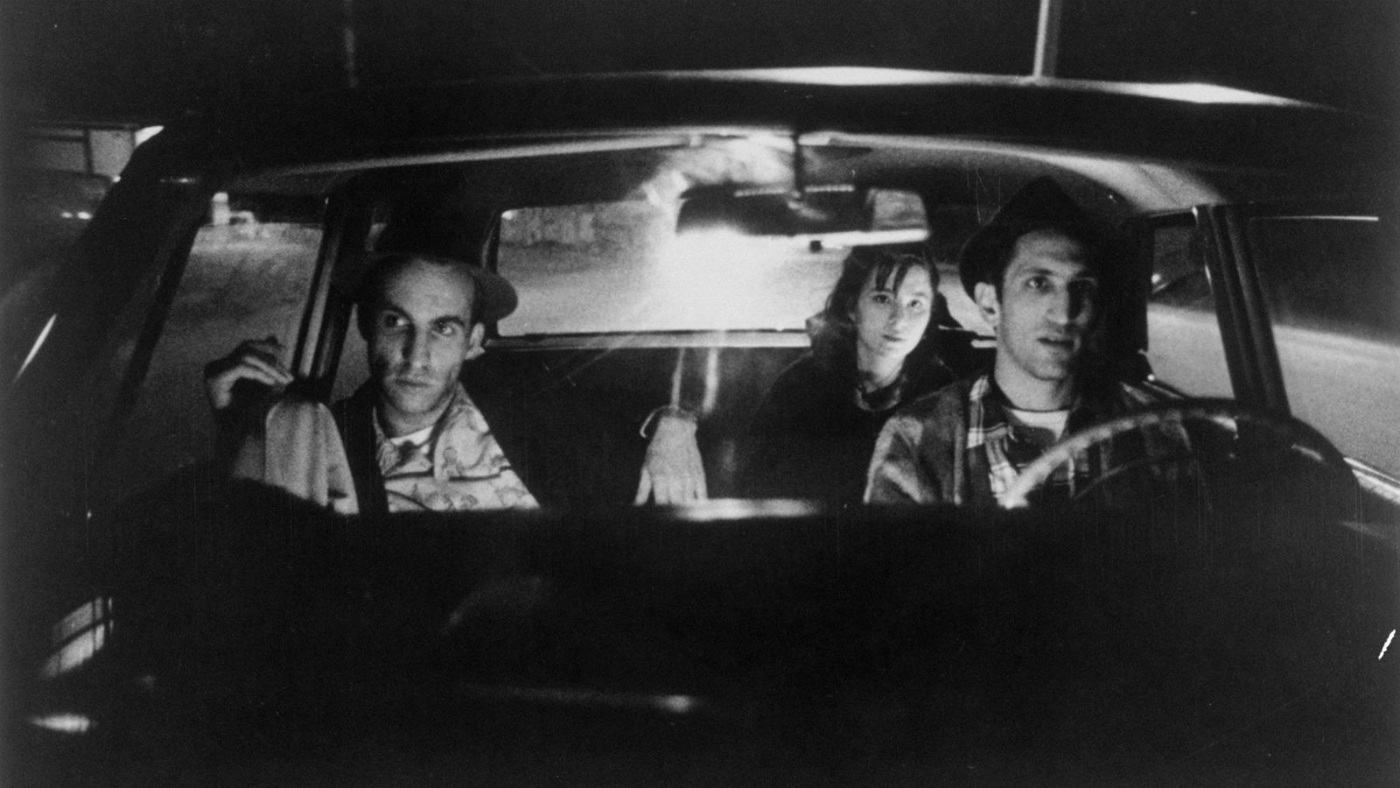
I’m confused.
Go through the script again. Is the story clear? Are the characters understandable? Now, go to the footage Is what’s on the page reading on screen? Follow each plot thread and arc, trace it from beginning to end. Is it making sense?
Sometimes, if everything is in place, the problem can be that the actors aren’t properly conveying the emotions or stakes of a circumstance. If the audience is misreading what the character wants, it can throw the whole piece off and make people “confused.” If this is the case, it might be time to sift through all of your takes again.
It didn’t hook me.
It might be an overall story issue, but oftentimes, this is your first act not working. If the first ten pages are slow and confusing, you’re not going to hook them – and if by the end of the first act, they’re not quite sure what the story is about, you’ve definitely lost them.
Check Your ego at the door
You might love a scene very, very much. Or, you might be attached to a character, or a moment, or a joke – and then, you bring in your audience and that joke falls flat, that moment is ignored, that character is disliked and that scene is repeatedly flagged as weak.
So, remember, don’t be stubborn; check your ego at the door. A film project is like a bonsai tree; you will spend hours snipping away, cutting down anything unnecessary, working for hours on making it perfect; and then, only then, is it really, truly healthy.

Know what to listen to and what to let go
Finally, after your screening is said and done and your brain has been filled with all kinds of (sometimes completely contradicting) notes, you might wonder, “Who the hell is right? Who do you listen to?” How do you know which notes are helpful and which notes are a waste of your time?
I’ve got two simple methods that help me:
Instinct: This is straightforward. Listen to your gut. Is that character truly unlikable, or does that particular person have a bias against this kind of human? This makes the note a personal one. It’s possible that it’s only true to this one audience member and will likely not affect a large number of people.
I also tend to listen to a note when the note giver has pointed out a scene I was already nervous about. Even if no one else mentions it, if someone confirms your fears of a particular issue, you might be onto something. It’s worth revisiting.
Repetition: Are the majority of people talking about your first act? Does everyone hate Trudy, the loveable-but-horribly-racist-aunt? These kinds of notes, the ones that are consistently voiced by multiple people, are really the ones you have to worry about. The scene might not be wrong in the way people are saying, but something isn’t working there, and it’s up to you and your director to figure it out.
Have you used test screenings in your work? If so, share your experiences in the comments.

